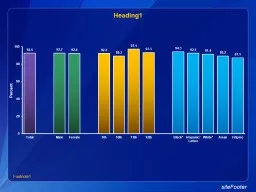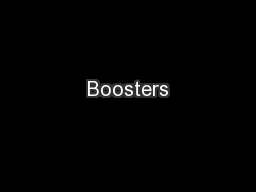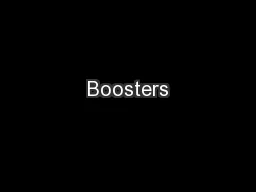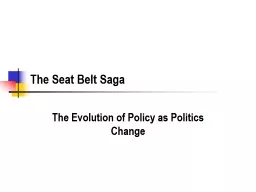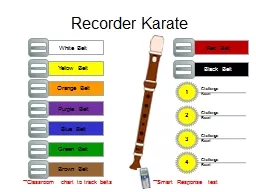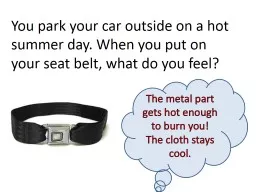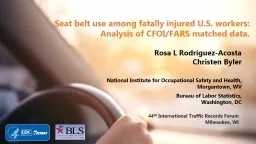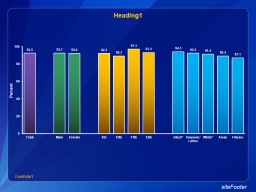PPT-Percentage of High School Students Who Rarely or Never Wore a Seat Belt,* by Sex,
Author : startse | Published Date : 2020-08-29
Grade and RaceEthnicity 2016 When riding in a car driven by someone else All Hispanic students are included in the Hispanic category All other races are nonHispanic
Presentation Embed Code
Download Presentation
Download Presentation The PPT/PDF document "Percentage of High School Students Who R..." is the property of its rightful owner. Permission is granted to download and print the materials on this website for personal, non-commercial use only, and to display it on your personal computer provided you do not modify the materials and that you retain all copyright notices contained in the materials. By downloading content from our website, you accept the terms of this agreement.
Percentage of High School Students Who Rarely or Never Wore a Seat Belt,* by Sex,: Transcript
Download Rules Of Document
"Percentage of High School Students Who Rarely or Never Wore a Seat Belt,* by Sex,"The content belongs to its owner. You may download and print it for personal use, without modification, and keep all copyright notices. By downloading, you agree to these terms.
Related Documents

